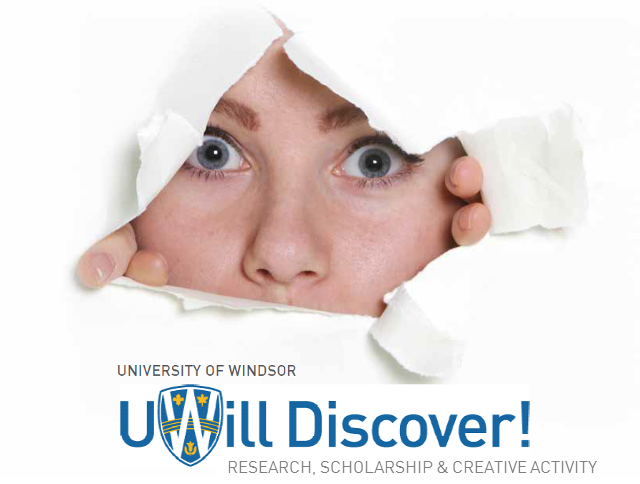Project Scratch
Type of Proposal
Performance (Music, Dance, Dramatic Art, etc.)
Faculty
Faculty of Arts, Humanities and Social Sciences
Faculty Sponsor
Dr. Brent Lee
Proposal
Project Scratch explores the manipulation of generative music using a program (patch) I created in Max, a visual programming language for music and multimedia. Generative music uses an algorithm to produce musical gestures that vary with each performance by using certain parameters defined by the programmer. My program uses what Christopher Ariza (2010) calls a Computer Aided Algorithmic Composition (CAAC) system, which “permits the user to manipulate indirect musical representations: [which] may take the form of incomplete musical materials (a list of pitches or rhythms)”, but with an emphasis on manipulation of the set in real time. The patch I have developed can be incorporated in the creative process both as an element in improvisational settings and as a tool for generating ideas for fixed compositions. Project Scratch uses minimalist compositional techniques such as ostinato (a repeating sequence of pitches), augmentation/ diminution (tempo control), addition/ subtraction (of notes from the sequence) and phasing (identical offset musical gestures) to perform these manipulations. It also takes advantage of algorithmic procedures to filter information, for example, randomization of note sequences to create a sense of unpredictability. These methods are triggered manually by a live performer. In addition, I use Max in conjunction with Ableton Live, a digital audio workstation, to configure the nine-note fixed sequence and to provide options for sound design. The next steps for Project Scratch will be to incorporate drones (continuously sustained pitches), timbral variation (change of single note at a time), rhythmic displacement (emphasis on different notes in the sequence), polyphony (multiple voices) and more complex harmony. When considering all the factors of my patch, the possibilities for melodic content are vast, ensuring no two performances will be the same.
Start Date
23-3-2018 12:40 PM
End Date
23-3-2018 2:00 PM
Location
Alumni Auditorium B
Creative Commons License

This work is licensed under a Creative Commons Attribution-NonCommercial-Share Alike 4.0 International License.
Grand Challenges
Sustainable Industry
Special Considerations
Keywords: music technology, generative, algorithmic, composition, sonic art
References
Ariza, C. 2010. Navigating the Landscape of Computer Aided Algorithmic Composition Systems: A Definition, Seven Descriptors, and a Lexicon of Systems and Research.
For my performance I would need a public address system (PA system).
-x2 Loudspeakers
-x2 1/4 Inch Cables or x2 XLR Cables
-x1 Mixing Console
-x2 1/4 Inch Cables
-x1 XLR Cable
Project Scratch
Alumni Auditorium B
Project Scratch explores the manipulation of generative music using a program (patch) I created in Max, a visual programming language for music and multimedia. Generative music uses an algorithm to produce musical gestures that vary with each performance by using certain parameters defined by the programmer. My program uses what Christopher Ariza (2010) calls a Computer Aided Algorithmic Composition (CAAC) system, which “permits the user to manipulate indirect musical representations: [which] may take the form of incomplete musical materials (a list of pitches or rhythms)”, but with an emphasis on manipulation of the set in real time. The patch I have developed can be incorporated in the creative process both as an element in improvisational settings and as a tool for generating ideas for fixed compositions. Project Scratch uses minimalist compositional techniques such as ostinato (a repeating sequence of pitches), augmentation/ diminution (tempo control), addition/ subtraction (of notes from the sequence) and phasing (identical offset musical gestures) to perform these manipulations. It also takes advantage of algorithmic procedures to filter information, for example, randomization of note sequences to create a sense of unpredictability. These methods are triggered manually by a live performer. In addition, I use Max in conjunction with Ableton Live, a digital audio workstation, to configure the nine-note fixed sequence and to provide options for sound design. The next steps for Project Scratch will be to incorporate drones (continuously sustained pitches), timbral variation (change of single note at a time), rhythmic displacement (emphasis on different notes in the sequence), polyphony (multiple voices) and more complex harmony. When considering all the factors of my patch, the possibilities for melodic content are vast, ensuring no two performances will be the same.

